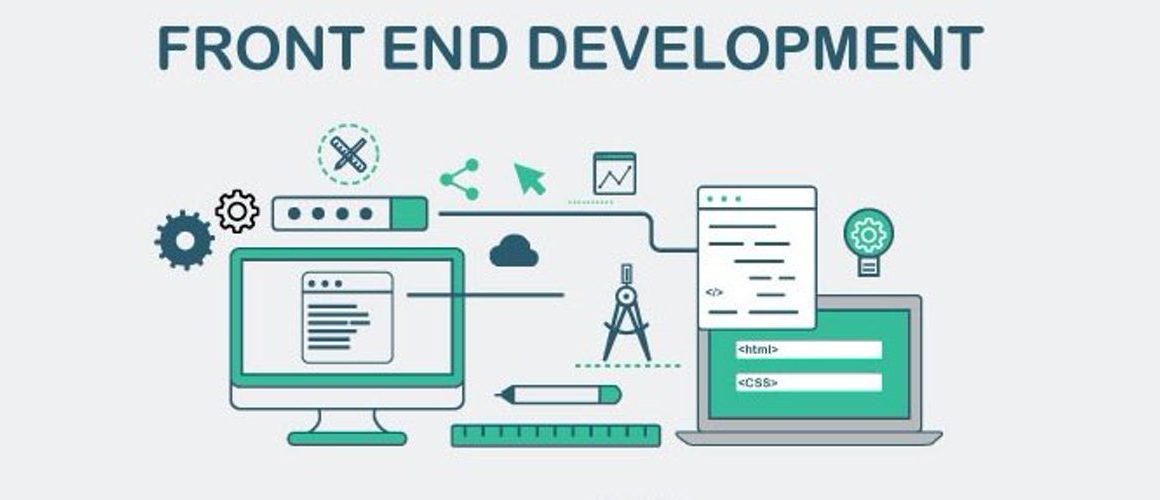Criminals of today are getting sophisticated and use digital software like deep fakes to register on platforms and carry out their malicious activities. For instance, identity theft, money laundering, terrorism financing, and others. Furthermore, the traditional verification takes days to identify these activities which becomes less compatible with the digital onboarding of customers.
Therefore, businesses require quick and efficient identity verification solutions like biometric screening of customers. Industries are widely and readily accepting this method because of its authenticity. Moreover, the AI-backed biometric recognition services verify customers by scanning their behavioral and biological characteristics. The blog provides a detailed overview of methods that criminals use and how biometric verification solutions shield businesses.
Biometric Security System – Prominent Methods Criminals Use to Bypass these Checks
Criminal activities expose businesses to numerous challenges. They face reputational damages, security breaches, and failure in compliance. In the ever-evolving world, criminals are also getting sophisticated and using improved methods to bypass identity verification processes. For instance, wearing face masks and using voice changer software. Also falling under these methods is modifying videos, audio clips, and pictures. Bypassing techniques criminals use are classified into two major groups discussed next:
Deep Fakes – Malicious Slandering Weapons
Deepfakes refers to the process where criminals manipulate existing videos and audio to hide their true identities. For instance, edit a video to change the colors, surroundings, and backgrounds, or manipulate audio. The main reason behind these fraudulent attempts is that businesses are using biometric authentication to onboard customers. Therefore, criminals need better and improved methods like deepfakes to dodge these checks. It is further classified into two types:
- Audio Deepfaking
Businesses are using AI-powered verification methods to identify customers. The system asks the users to say a few sentences and it verifies them in real-time. However, criminals on the other side are using audio change and other deep face tools to change their voices. According to Shufti Pro News, this way they camouflage their identities and dodge the verification during the registration process.
- Video Deepfaking
Industries are using improved methods to register and onboard customers. For instance, facial recognition for mobile unlocks and identity verification. The requirements vary, real-time scanning can unlock a mobile while uploading a selfie or video will verify the identity.
However, criminals use video and photo deep fake to dodge the biometrics checks during digital onboarding. They simply make changes in the backgrounds, colors, objects, and other things. This way they illegitimately register on businesses’ platforms.
Spoofing Attacks
Similar to deep fakes, criminals use other methods to bypass the biometric ID verification processes. These include spoofing attacks like phishing and facial manipulations. Since the world is gone digital, it is not difficult for criminals to get their hands on photos or videos or legit customers. They forge minor changes in them and make them look real. Spoofing attacks further include:
- Spear-phishing
Criminals use spear-phishing attacks to fool biometric identity verification processes for onboarding the platforms. In these attacks, criminals can either target a whole company or some of the officials. Criminals access the crucial information through these attacks and use it to carry out their malicious activities.
- Facial Spoofing
Facial spoofing refers to the act where criminals use a 2D or 3D mask to camouflage their identities. This helps them bypass the facial recognition and identity verification process.
How does Biometric User Authentication Help Businesses Counter the Criminals Threats?
Biometric user authentication is improving the way industries verify customers. They provide accuracy and efficiency while using less time for customer onboarding. Below are some of the ways in which biometric screening helps industries to validate customers’ identities in real-time.
Biometrics Provide Better Identity Management
Since industries are moving towards digitization, traditional verification is less compatible with the types of digital identity thefts. Criminals use advanced methods like spoofing attacks and deep fakes to hide their identities and dodge the verification processes.
Therefore, industries need to incorporate biometric recognition solutions which are more accurate and involve less time for identity verification. Criminals may succeed to forge documents but can not create a fake retina. Shufti Pro Funding indicates that online SaaS can verify them in real-time with accuracy.
Biometrics Provide Accurate and Authentic Results in Less Time
The foremost benefit of employing biometrics in the identity verification process is accuracy. It takes minimal time and verifies customers by cross-matching their identities within global databases. Biometrics serve as a substitute for complex and lengthy passwords. Customers can simply scan their face, fingerprint, or retina and log in to their account while minimizing all the hassle.
In Summation
Biometric screening is emerging as an ideal way to combat identity theft. It offers services like retina scan, facial recognition, and liveness detection for accurate and real-time verification of customers’ identities. This way industries can detect and deter criminals’ malicious activities while safeguarding their operations.



